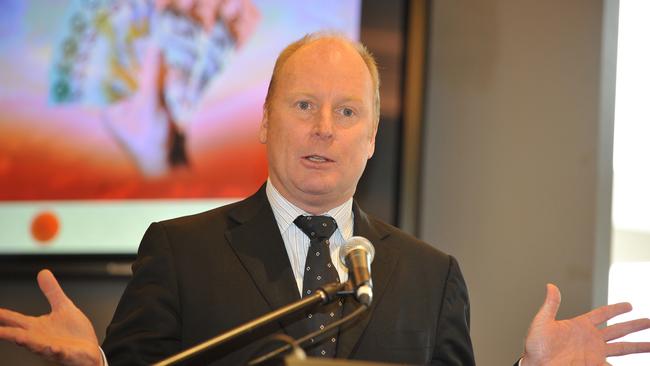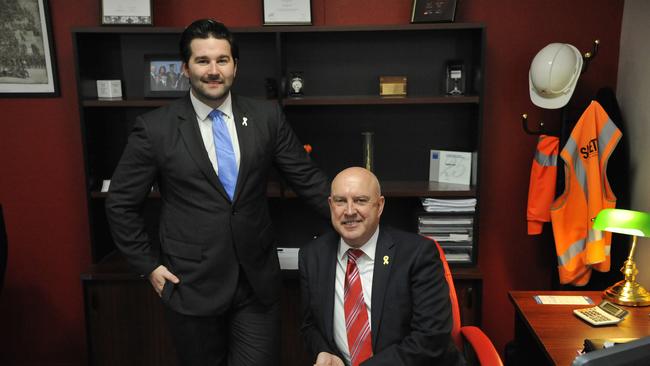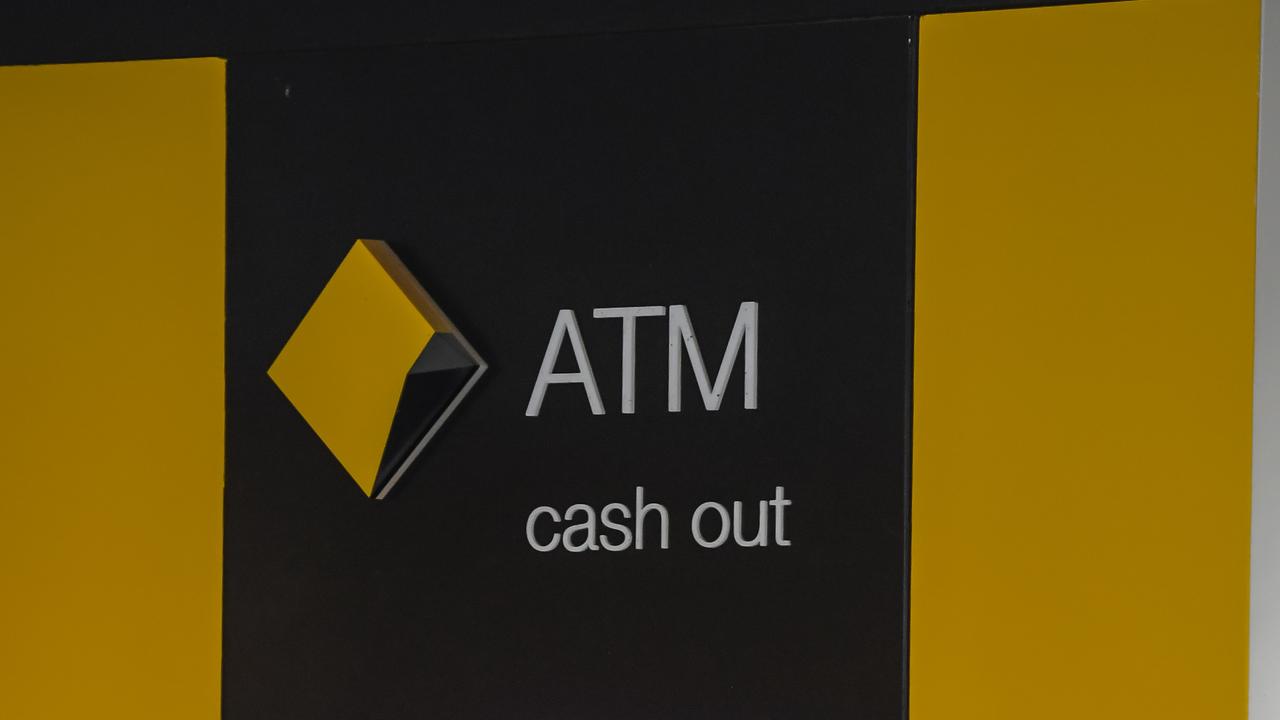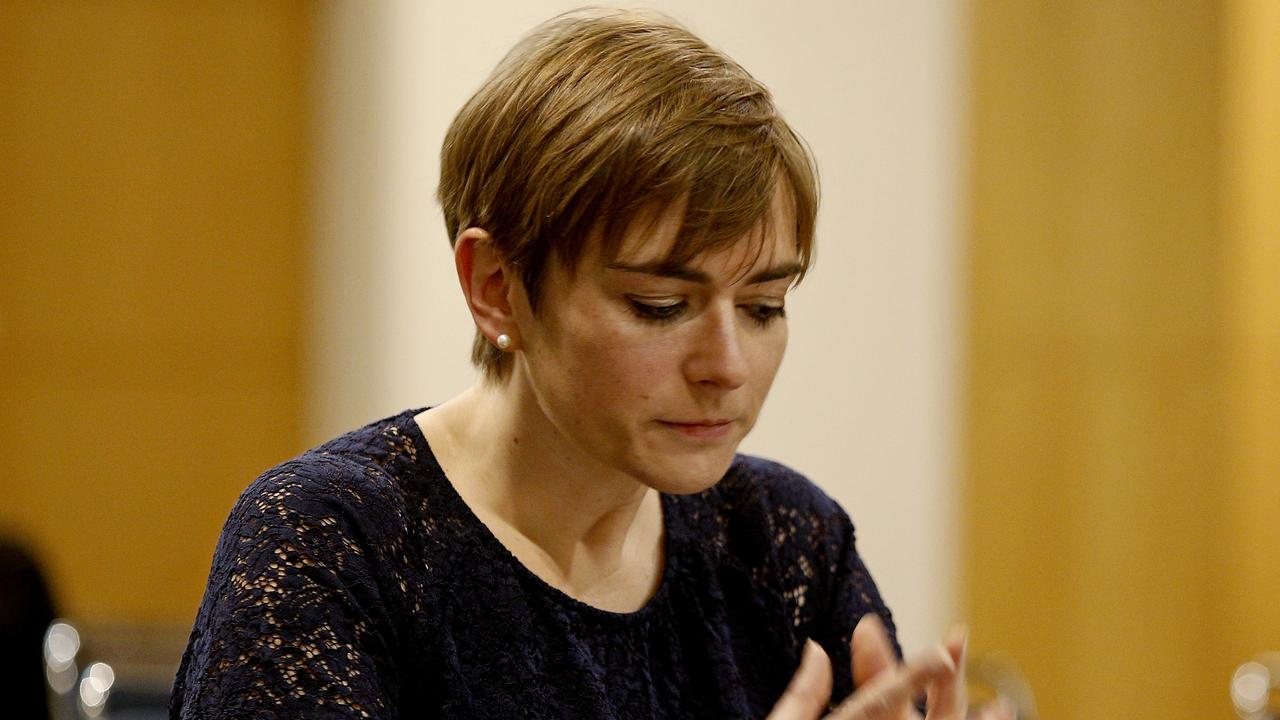It’s good business sense to stay safe: Workplace fatalities can destroy a company
IT makes good business sense to stay safe at work. Workplace fatalities can destroy a company, says financial expert Ross Greenwood.

SOME industries are inherently more risky than others. Agriculture Forestry and Fishing are among the most risky. The fatality rate in this sector is 16.8 deaths per 100,000, compared with the national average of 2.29 deaths per 100,000 in the general population.
Mining and construction also carry higher potential risk. Any business where vehicles are involved also raises the risk level: think truck-driving or forklifts. Yet many of these industries are part of the small business and contracting heartland. They can be destroyed in an instant because of an accident to an employee or principal.
Safe Work Australia reports that in the five years to 2011—12, 211 construction workers died — 4.34 fatalities per 100 000 workers, nearly twice the national rate.
Five years old, Safe Work Australia calculated the cost of workplace injury at around $60 billion a year — or 4.8 per cent of the Australia’s national economy. If that rate has been maintained, our annual injury cost could now be approaching $100 billion a year.
It’s the reason why so many large businesses, BHP Billiton among them, put safety as a first priority. In its Charter, BHP’s first value is: “Putting health and safety first, being environmentally responsible and supporting our communities.”
Elsewhere, in its annual report, BHP says: “The safety and health of our people and of the broader communities in which we operate are central to the success of our organisation.” If it’s good enough for the biggest in the country, it should be as essential for small and emerging businesses. Having a collective effort to improve safety in the workplace makes sense: for the individuals who are hurt; the businesses destroyed; and because of the national economic loss.
The first annual progress report by Safe Work Australia into national safety was produced last July. The next one is due shortly. One of its findings was: “The most effective and durable means of creating a healthy and safe working environment is to eliminate hazards and risks during the design of new plant, structures, substances and technology and of jobs, processes and systems.”
But many small businesses grow in an ad-hoc way, so the safety measures that should be built into processes and plant are often absent: generally through ignorance rather than through negligence.
To help improve safety outcomes — after all, small business employs more than a third of all workers — state-based WorkCover organisations have created new programs. In NSW a dedicated hotline service 13 10 50 has been put in place.
There’s no doubt some will see this as another layer of red tape that gets in the way of them getting on with business. And it’s true, the responsibilities are real and will take some time to get right.
On the other hand that time can be seen as an extra form of insurance, to help mitigate against accidents that could quickly destroy the business altogether.
SAFETY FIRST IN THE WORKPLACE
THE appalling sight of a colleague losing an arm is hardly the typical inspiration for a business idea.
But there’s no doubt the industrial accident left a deep impression on 21-year-old Robert Keft. At the time he was working for a large hot-water system manufacturers which is no longer in the game.
It was not the only accident Mr Keft witnessed. Another workmate lost a finger. “I was involved when a bloke got his foot run over by a forklift and his steel cap boot pretty much chopped his foot off. I put him in a car and got him to hospital. I saw what a bad safety culture could do to an organisation.”
For the next 30 years Mr Keft worked in infrastructure in big organisations, mainly AGL. He saw what an improving safety culture could do for a large organisation.
In 2007 he started Safety Australia, firstly as a recruitment and contracting business. But
after state safety laws in Australia were standardised in 2011, the firm ramped up its safety
consulting services.

“My company motto changes from ‘We Know Safety’ to ‘We Save Lives’,” he said. “There are still more than 150 fatalities a year in workplaces across Australia. I see the impact it has on organisations.”
The organisations it has conducted safety reviews for include Caltex’s Kurnell refinery; Village Roadshow’s Wet ‘N Wild and the Hillsong Church. One of the biggest assignments (and risks) was to take up a Transport NSW contract to provide paramedics on busy train stations. The idea was on-the-spot paramedics would provide better outcomes for injured or ill patrons, and cut down the time interruptions for the overall train service. But behind the scenes, despite winning a big contract, Mr Keft was worried. His son Aaron had taken on the contract and assured his father it would be OK.
“I was freaking out,” Mr Keft said. The business had to source and interview paramedics for
the service that was being rolled out quickly. “I told him we were being too ambitious, but he said, ‘No, we are OK’.”
It sounds like many parent-sibling conversations in businesses around the country. As it turned out, the contract went through.
Being in the risk business, Mr Keft is well aware that everything in small business involves risk. It’s managing the risk that is the key.



